Cambodia is a country close to Vietnam, so the ingredients used to prepare the dishes are similar. Both Vietnamese and Cambodian people still eat rice in the main meal with meat, seafood, vegetables, etc. In particular, vermicelli with Siam Lo or Nam Vang noodles, mam bo hoc, etc. are dishes originating from Cambodia that are popular with Vietnamese people.
Bun Xiem Lo
Originally a familiar dish, captivating many diners to Cambodia, when "imported" to Vietnam, Bun Xiem Lo has become a unique dish of people in localities bordering Cambodia such as Kien Tuong town, Moc Hoa district, Vinh Hung district, Long An province.
The unique flavor of Bun Xiem Lo after being transformed has become a very popular dish among Vietnamese people.
Bun Xiem Lo is a dish that brings together the culinary traditions of Vietnam and Cambodia. Depending on taste, each locality will have a different way of preparing Bun Xiem Lo but still does not lose the original flavor of the dish. The main ingredient of this dish is entirely snakehead fish, especially wild snakehead fish with firm, sweet meat.
After the snakehead fish is cleaned, the head and bones are used to make broth, the body is ground into fish cakes and shaped into small balls to be fried or cooked together. The vermicelli is also special when choosing small, soft, and chewy vermicelli. In addition, Xiem Lo vermicelli is also served with peanuts, boiled pork skin, and water mimosa.
Water fern has a stem similar to water hyacinth, a plant that lives in the Mekong Delta river region. The taste of water fern is sweet mixed with a little astringent and slightly bitter, adding a strange taste to the dish. In particular, the indispensable ingredient to create the characteristic flavor of Bun Xiem Lo is fresh turmeric. Turmeric is finely chopped to cook the broth, helping to cover the fishy smell of snakehead fish.
Coming from Dong Thap province, Mr. Nguyen Van Nhan shared: “Every time I have a chance to pass by Kien Tuong town, I always stop by to eat Bun Xiem Lo. The first time I ate this dish, I felt the taste was quite strange, a bit difficult to eat, but once I got the hang of it, I really liked it. The broth is sweet, adding water spinach and minced fish makes the dish rich.”
Bun Xiem Lo is not only a dish of cultural exchange but also very good for health, especially for people with stomach pain, diabetes, asthma,...
Nam Vang noodles
Hu tieu Nam Vang is a popular dish in the South. However, few people know that this specialty is the crystallization of two culinary cultures, Vietnam and Cambodia. This dish originated in Phnom Penh, Kingdom of Cambodia. The Chinese community in Nam Vang (the Sino-Vietnamese transliteration of Phnom Penh) remade it, then brought this dish to Vietnam. Later, Hu tieu Nam Vang was added with more flavorful spices to suit the culinary culture of the Vietnamese people.
Hu Tieu Nam Vang is a dish originating from Phnom Penh, Cambodia.
Surely everyone has tried this dish. A bowl of Nam Vang noodles consists of many ingredients and a delicious broth. In Nam Vang, this dish only has lean pork and minced meat, the vegetables served with it are only lettuce and bean sprouts. In Vietnam, depending on preference, some places add shrimp, crab, squid, pork offal, quail eggs, chives, celery,... to the bowl of noodles, but minced meat is a must.
With Nam Vang noodles, the broth is very important and is prepared most elaborately. To make the broth clear and sweet, the seller must simmer the marrow bones with dried squid and dried shrimp, while simmering, keep the heat low and continuously skim off the foam. Delicious Nam Vang noodles must be cooked with small, thin but chewy and slightly transparent noodles.
Unlike Chinese noodles and Vietnamese My Tho noodles, Nam Vang noodles have a special sweet taste of broth made from minced meat, loved by many people.
Beef sauce
Mam bo hoc is one of the typical spices of the Khmer people in Cambodia as well as the Khmer people in Southern Vietnam, contributing to the uniqueness and distinctiveness of the cuisine. This is a type of fish sauce made from the main ingredient of freshwater fish, usually linh fish or snakehead fish.
Mam bo hoc is a typical dish of the Khmer people.
The process of making fish sauce is not difficult but requires many steps and meticulousness of the maker. The fish is cleaned, gutted, scaled, crushed and dried thoroughly. After that, the fish is marinated with spices such as sugar, pepper, garlic and then pressed to drain all the water and the fish remains are dried relatively dry, you can add more rice powder, continue mixing before putting it in jars. These jars are fermented for 4-6 months until the fish sauce can be used. Through the hands of the Khmer people, a unique fish sauce called fish sauce was born.
Another very famous dish with a strong flavor of mam bo hoc is bun nuoc leo. The special thing is that the broth of this type of noodle is always clear. To achieve that, it requires a lot of effort from the chef. First, put mam bo hoc in the pot, add enough water, boil, and during the cooking process, skim off all the foam. Clean the snakehead fish, boil it, and take the meat. Put the fish bones in a mortar and pound them with mugwort and minced lemongrass, then squeeze the water and put it in the pot of noodle soup. Season to taste. From mam bo hoc, the locals also make famous noodle dishes such as bun mam bo hoc.
Mam bo hoc is a typical dish of the Khmer people. Almost every Khmer family has a few jars of fish sauce for their family and to entertain guests./.
Netherlands

















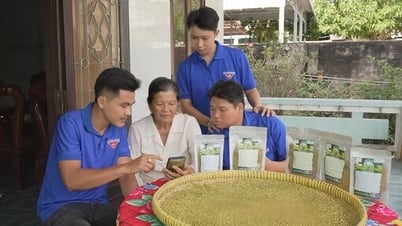





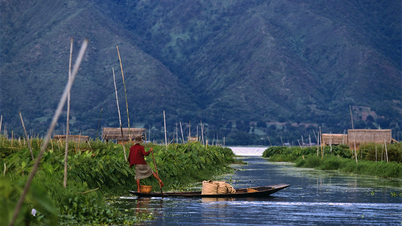
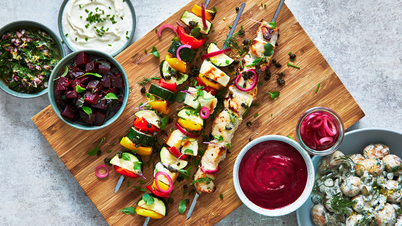










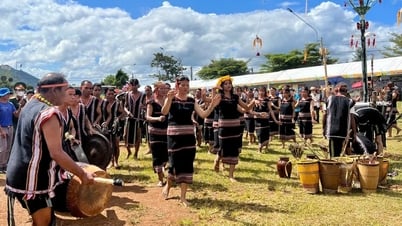




















































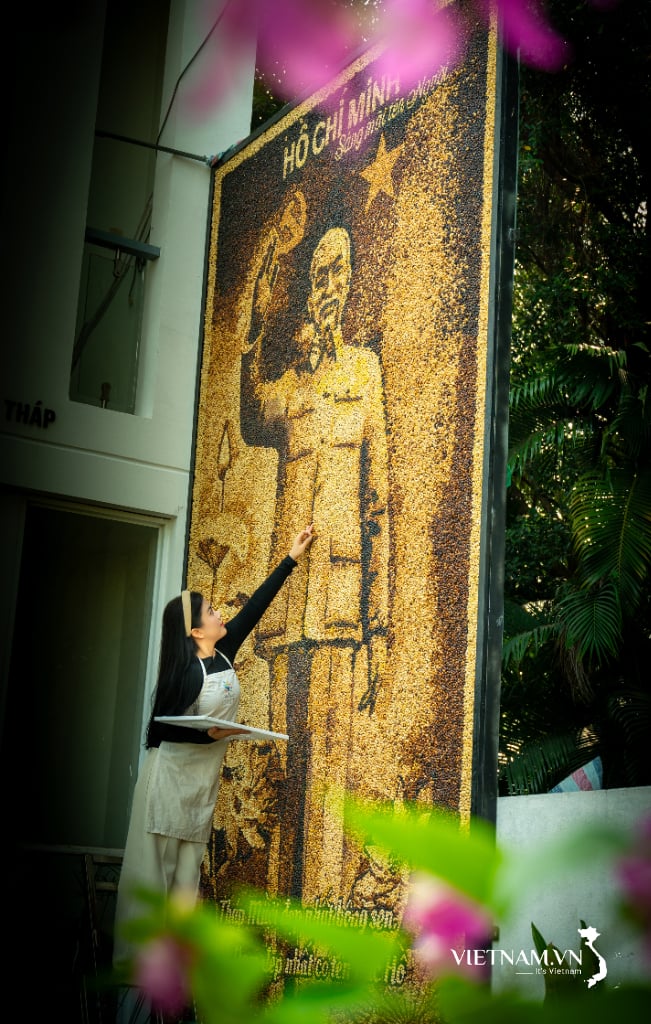

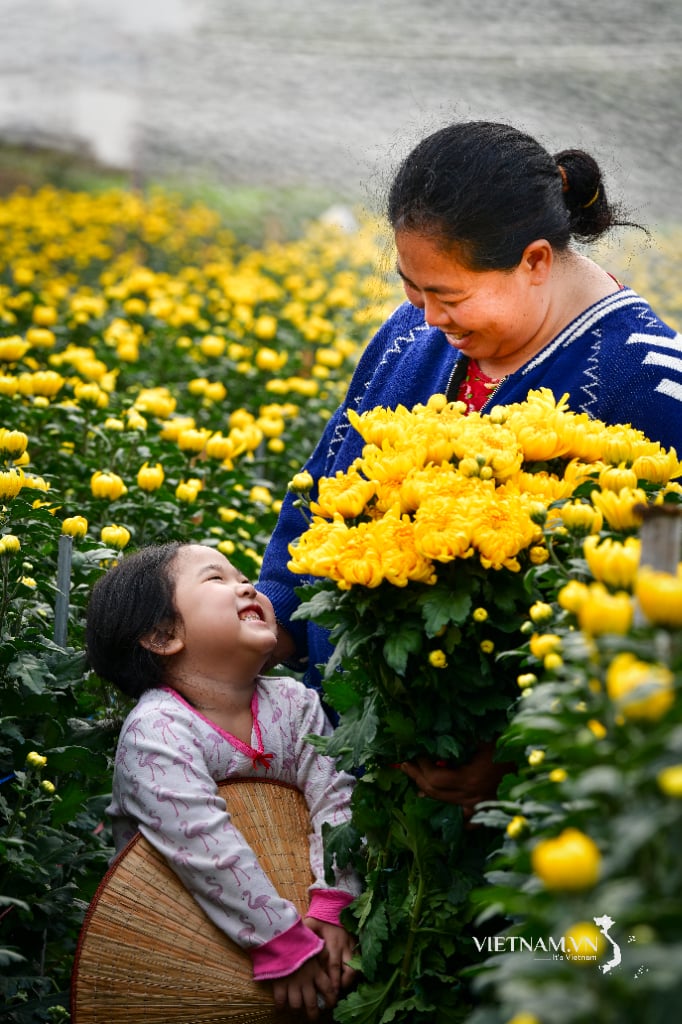

Comment (0)